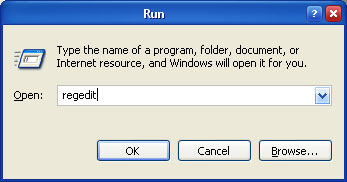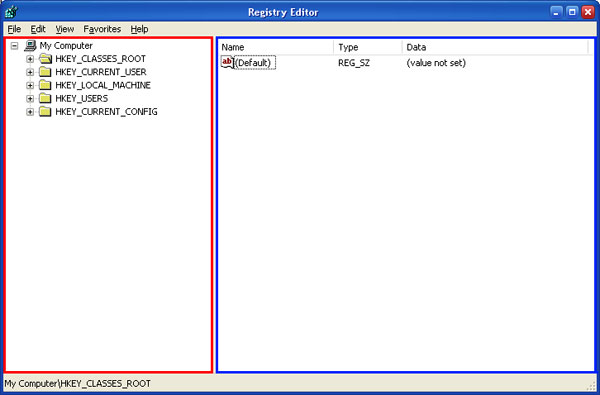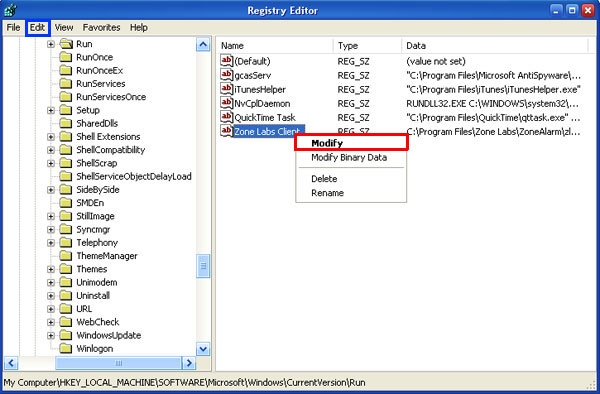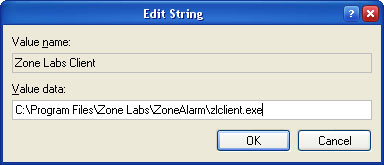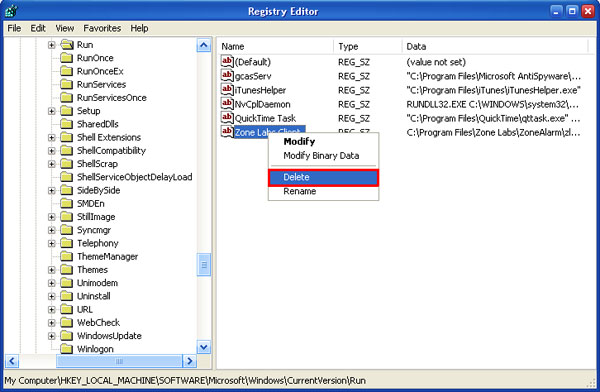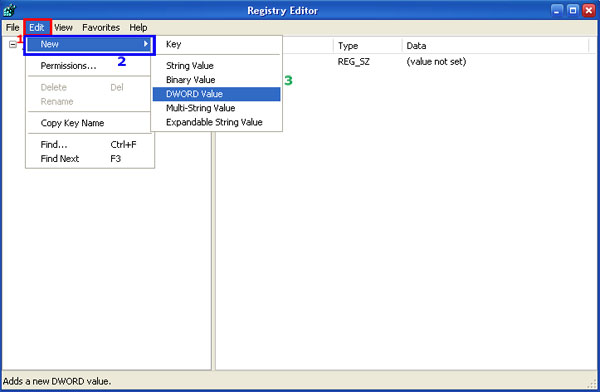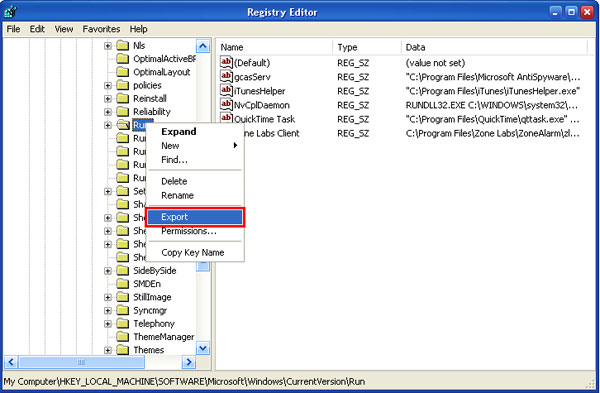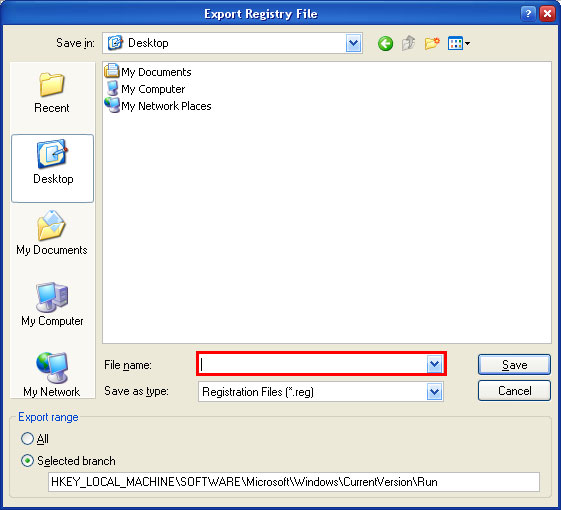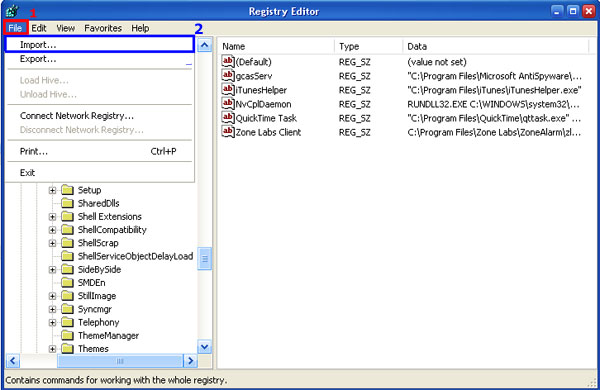Basic Overclocking Tutorial
Section 1: Intro and Preparation
Overclocking has been the goal of computer performance junkies since custom computers first began to make themselves available to public consumers. It has often been tagged as “risky” behavior and most manufacturers will void the warranty if overclocking is attempted.
Well I am going to unveil some of the mystery of overclocking by giving a step by step guide to increasing computer performance through the art of overclocking. Please read the entire guide before beginning. This guide is designed in such a way that you can quit at any time and keep the performance increase gained in that section, or you can continue till there is nothing left to squeeze, and your computer runs rings around similarly spec’d machines.
So you want to overclock?
Overclocking, while not terribly difficult, does require time, patience, and the knowledge that there is a chance that your computer may not function afterwards. Now before you decide that the risk is not worth the benefit, know that if you follow the procedure and do not use too large of an increment, and continually test for stability, there is a VERY low chance of frying something. (Yet I take no responsibility for anything anyone does to their computer as a result of this tutorial or as a result of their own stupidity)
Before we begin you need to know whether or not your computer is in fact overclockable, and the degree of flexibility you have. If you have a computer build by a mega-company such as Dell, HP, Compaq, E-machines, Gateway, etc. the odds are that you will not be able to overclock anything except possibly your video card (which is covered in a later section). You can check the overclockability of your computer by entering the cmos setup. This is different on some computers but 9 times out of 10, this is done by pressing the delete key sometime during bios operations. Very often you will see something that looks like this
Notice at the bottom it says “Press DEL to enter SETUP”, you would now press delete and find yourself in the cmos setup. Depending on the type of bios you have and the version it could look one of many different ways, but it should look something like this.
*Note: while in cmos setup you cannot use your mouse
Now regardless of the type of bios you have you need to find whether or not you have the ability to change the Front side bus speed (sometimes called FSB Clock, CPU Clock or CPU frequency), CPU voltage (sometimes called: Vcore, core voltage), CPU clock multiplier (sometimes called: clock multiplier, cpu multiplier, cpu ratio, Hammer FID), memory clock(optional, sometimes called Dram, DDR, or Dimm clock), memory multiplier(optional), memory voltage(optional, sometimes called: Dram, Dimm, or DDR voltage), agp/pci clock (optional), agp/pci voltage(optional), chipset voltage(optional) spread spectrum(recommended but optional) and others. The actual name may be different from what is listed above look for names similar, keeping an eye out for keywords such as “voltage” and “clock”.
If your cmos setup looks like the screen above, the settings will be under the “Frequency/Voltage Control” section. Otherwise they may be under a section called “Advanced” or “performance” or something similar. You need to find if you are able to change the above listed settings. You will know if you cannot change them if they are not listed, or they are shaded out. You may be able to change them by selecting them hitting enter and typing a new value, by selecting them and using arrows to right or left, or by selecting them hitting enter and using the +/- keys. If you cannot change the cpu multiplier, you can still overclock but you will be somewhat limited. Here is a screenshot of a couple of frequency voltage pages.
Alright, once it has been determined that you can in fact change these settings you need to check out your thermal wiggle room.
Thermal Characteristics
Open your computer and clean out all the fan and use canned air to blow out all the dust from the vans and cooling fins.
Turn on your computer, we now need to get the computer ready for testing. If you do not already have it installed (which is most likely the case) download and install 3DMark06, you should also have installed a high demand resource intensive FPS or RPG, (WOW does not qualify), something like CoD2 or newer(depending on computer age too, ie-don’t use fear for testing a 500 Mhz Pentium 3 machine), something with lots of physics usually brings out a cpu instability, And the only RTS that I have seen suitable is company of heroes. Ideally you want something that slows your system but that doesn’t lag enough to be choppy. You won’t be looking for frame rate so much as artifacts, freezing and crashes. Now run 3Dmark06 and record the score. Next play your game for 15 min. or so through some high demand areas where lots of stuff is happening.
Immediately restart your computer and go under PC Health Status (again this depends on your bios) And find the CPU temperature. There are many convenient hardware (probes) and software things for testing your computers temperatures without leaving windows but for simplicity we will use the motherboard sensors. Now check the CPU temperature.
The CPU temp you find is approximately what your cpu temp is under load, although realistically this is probably a little low, but should still be within 5˚ or so of your actual load temp depending on how long it takes your computer to reboot. From now on if when you check your cpu temp this is what you are looking for, only check it after you have run the game and benchmark programs otherwise it will be noticeably lower and what we call you cpu idle temperature. Expect your idle temperature to be 5-20˚ lower than your load depending on how quickly you can check it after playing a game. Safe Max temperatures are as follows.
“Safe” means if your temp is here you are good to go, “Max Safe” means as long as you don’t cross this you don’t REALLY need to worry, “Max” means you are defiantly on the hot side, “Melting” means you have crossed the border, you are WAY too hot and your computer is at risk of being seriously damaged, underclocking is in order to prolong the life of your machine
ALL temperatures are approximate, and thresholds vary with each chip.
Core2 duo
Safe=<60˚
Max Safe=65˚
Max=70˚
Melting =75˚-80˚
Pentium 4(varies greatly with core type)
Safe=<70˚
Willamette Max Safe=80˚
Melting=95˚-100˚
Northwood Max Safe=75˚
Melting=85˚-90˚
Celeron(again varies greatly with model)
Safe=<65˚
Max Safe=70˚
Melting=75˚-85˚
Pentium M
Safe=<80˚
Max Safe=85˚
Melting=93˚-97˚
Athlon 64
Safe=<60˚
Max Safe=65˚
Melting=70˚-75˚
Athlon xp
Max Safe=85˚
Melting=90˚-95˚
Athlon 64 X2
Max Safe 65˚
Melting 75˚
Semperon(varies greately with model)
Max Safe=65˚
Melting=70˚+
The distance between the temperature you found in your bios and the processor in the list above is your overclocking wiggle room. You can increase this wiggle room buy buying an aftermarket heatsink or cooler. We will go into cooling in greater detail in a later section.
Section 2: Beginning the Overclock, Modifying the FSB
The first baby step of overclocking is modifying the FSB speed. There is virtually NO risk involved in modifying the FSB because nothing will melt, the worst that could happen is a boot failure which is dealt with later in this section. Before you start you should disable spread spectrum if possible, because it reduces stability when changing the FSB.
Now scroll down to FSB (in this screen shot its called CPU clock, the names of things are discussed earlier in section 1) and increase the value by 20.
At his point you probably have no idea what the effects are going to be exactly, you are asking yourself, “what does this number (140 MHz in the example), have to do with my processor speed”. Your processor speed is this number multiplied by the clock multiplier(10 in the example), so the processor speed of the example computer is currently 1.4 GHz. If you were to increase the value of this FSB by 20 the processor would then be running at 1.6 GHz. If you cannot see the Multiplier number on your bios screen you can check the new speed of the processor in windows by right clicking on ‘my computer’ and going to properties.
Your computer is now very lightly over clocked, and you must check for stability. If you computer booted to windows you should now run the benchmark utility(3Dmark) and play your game for around 5 min. If it runs flawlessly continue raising the FSB by 5MHz increments until you find your highest stable speed. If your computer crashes, freezes, or you get artifacts at any point during the benchmark or the game, or if your computer fails to boot, you have already carried your computer past where it can be over clocked by only modifying the FSB. If you failed to boot to windows but made it to the bios just return the FSB to its original position and adjust by 5MHz increments until you find its stable point. If you failed to make it to the bios, hit the reset button on your motherboard(if your board has one), or unplug the cmos battery. The cmos battery is the only battery on the motherboard, it is round and flat, looking like a large watch battery. Here is a picture of a cmos battery with the release tab circled. All cmos batteries have this tab.
In the benchmark the thing you are looking for is the CPU score, but also take note of the total score. You need to watch that it only increases. Most times your score will increase only up to a point and then decreases before your computer becoming unstable; you want to be at the peak. There is always a variation of a few points up or down after each run so keep that in mind. Also be sure to watch that the temperature does not go too high.
Section 3: More Performance, FSB and Multiplier
Sometimes someone can squeeze quite a lot of power out of an old computer by just turning up the fronts side bus. More often than not, however, the increase is barely noticeable, but changing the FSB in tandem with the cpu multiplier is where you will notice your biggest boost in performance. If your bios does not give the option to change the multiplier, then you are out of luck, but don’t give up hope, you can still squeeze a little more out if you are brave by tampering with the voltage(skip to section 4).
You already know how the cpu speed is calculated from the FSB speed and the multiplier. Logic than leads us to assume that hypothetically you can achieve the same speed by raising one and countering by lowering the other. For example(remember hypothetical only here), the speed of 1.4 GHz in section 1 can be reached by having a FSB of 140 and a multiplier of 10, a FSB of 70 and a multiplier of 20, a FSB of 280 and a multiplier of 5, etc. and in an ideal computer all of these combinations would work, but realistically that is not the case. Still, we use this principle to overclock further than was possible through simply modifying the FSB.
The FSB controls a lot of on-motherboard functions, so increasing it generally increases the speed of many components other than cpu such as north and south bridges as well as other things. Where as changing the CPU multiplier only changes the CPU speed. Thus, by lowering the multiplier and boosting FSB further we can pull more power from our system.
Begin by lowering the multiplier by the smallest increment possible, depending on your motherboard it will probably be either 1, 0.5, or 0.1. Then raise your FSB until it becomes unstable again. It should be when the total cpu speed comes close to what it was when you just changed the FSB. Repeat until performance peaks. Remember to keep an eye on temperature.
If at any time you lose the ability to boot you follow the same steps that you would if you had only increased the FSB.
Section 4: Voltages
“Scotty, we need more power!”
“Cap’n I’m given her all she’s got!”
Ah! Changing the voltages, you must be a brave soul indeed to be considering this. This is the most dangerous step of over clocking but once again the gains are noticeable. You must realize that going too far may mean the end of the road and you’ll need a new cpu and/or motherboard. Scares aside however, changing the voltages is not difficult, and so long as you don’t get too greedy and watch your temperatures there should be no trouble.
Boosting the voltage by itself will barely(if at all) improve performance or scores. The value of raising the voltage comes through the stability that it provides. Raising the voltage does two primary things, increase stability, and increase temperature. Boosting the voltage will noticeably raise the temperature of your cpu. A good rule of thumb is to never raise the voltage more than 0.4-0.5 volts higher than the default even if your temperatures look good. When raising the voltage raise by the smallest increment possible. And now when you do your testing there shouldn’t be any additional crashes, freezes, or artifacts, in fact it should run better, but you NEED to watch your temperature.
If you notice smoke, its too late, just thought id let you know.
Section 5: Cooling; passive, air, water, phase change and peltier
So how do you get your temperatures lower? You buy a new cpu cooler. The one that comes with your cpu is good for keeping the temps low for normal use and limited overclocking, but to get real freedom you need to buy an aftermarket cooler. There are many types, listed from most effective to least: passive, air, water, peltier, and phase change. A lot of people like passive air heatsinks because they have no fan, which reduces the noise your computer makes by quite a bit. The flip side of the coin is that they usually do not cool as well. There are two primary materials that coolers are made of copper and aluminum. Copper is better because it transfers heat better. Water cooling is a very common choice for overclockers. It drops the cpu temp by sometimes as much as 25˚, but there is a penalty in increased maintenance and the risk of a leak. Bother peltier coolers and phase change coolers work by actively creating a cold surface, in fact a phase change cooler can lower a cpu down to the teens or twenties at idle. The down side to these fancy coolers is cost.

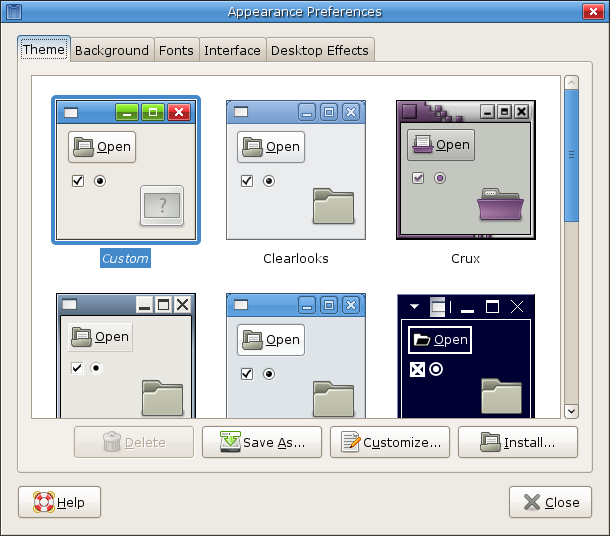


 Reduced: 50% of original size [ 1024 x 640 ] - Click to view full image
Reduced: 50% of original size [ 1024 x 640 ] - Click to view full image
